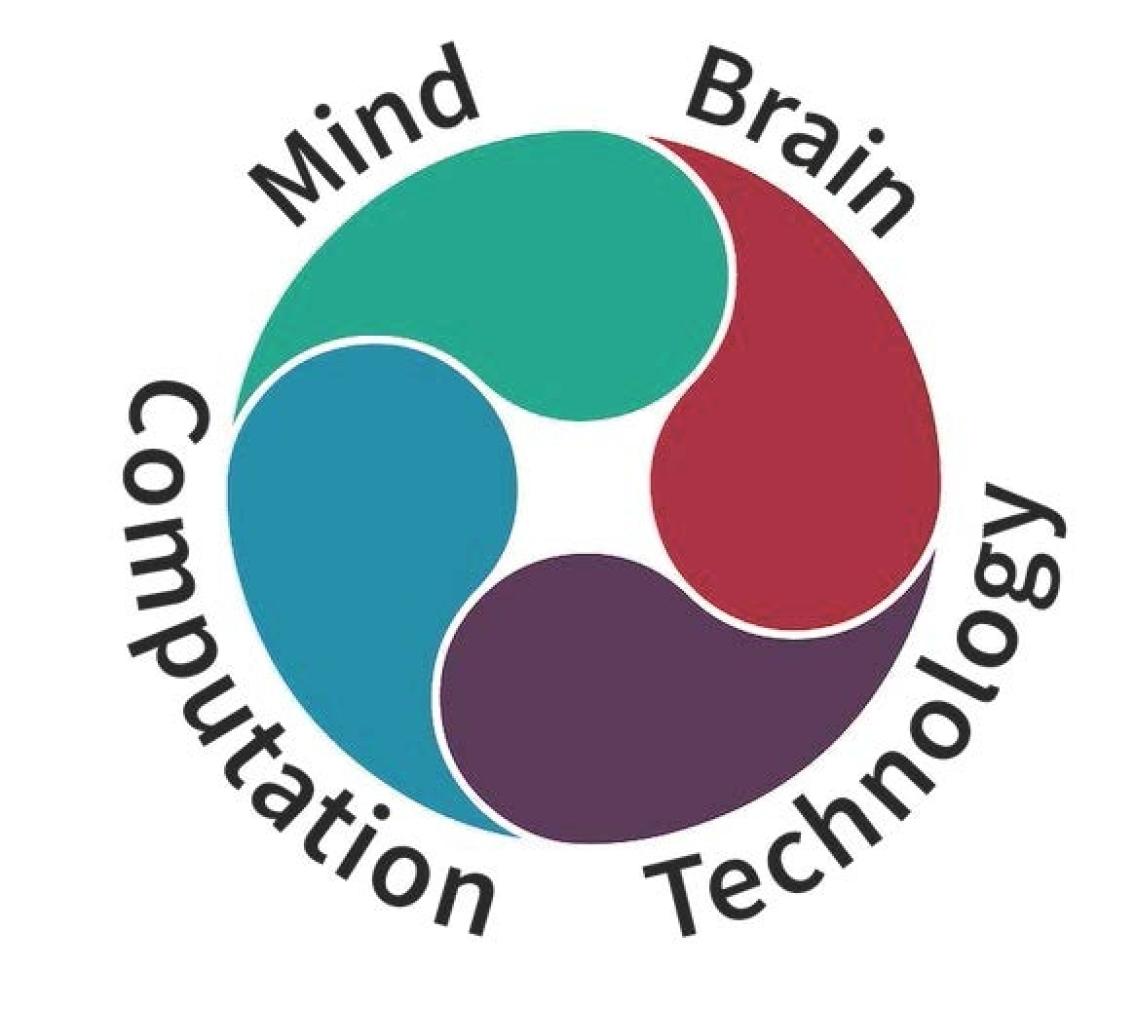Event Details:

Mind, Brain, Computation and Technology Seminars Presents
Kei Masuda
MBCT Graduate Trainee

Abstract
Ketamine has been used as a rapid-acting dissociative anesthetic since 1970s and as an anti-depressant since 2019, and it is has also been used illicitly as party-drug to induce out-of-body experiences(Dundee et. al 1970, Krystal e. al 1994, Malhotra et. al 1996, Wilkins et. al 2012). Previous literature has highlighted the importance of the entorhinal-hippocampal circuit in determining an animal’s internal representation of space, and ketamine has been documented to increase neuronal firing in the entorhinal cortex in primates and rodents (Giocomo et. al, 2011, Chen et al., 2009, Cheng et. al, 2013). Here, by examining entorhinal spatial cells in mice navigating virtual linear environments as well as hippocampal place cells in mice navigating a 2-dimensional environment, we show how ketamine disrupts and restructures the entorhinal-hippocampal spatial coding. This finding suggests a potential avenues for reducing the pharmacological off-target effects of during clinical use.
Mark Plit
MBCT Graduate Trainee

Abstract
The hippocampus contains neural representations capable of supporting declarative memory. Hippocampal place cells are one such representation - firing in one or few locations in a given environment. Between environments, place cell firing fields remap (turning on/off or moving to a new location), providing a population-wide code for distinct contexts. However, the manner by which contextual features combine to drive hippocampal remapping remains a matter of debate. Using large scale in vivo two photon intracellular calcium recordings in mice during virtual navigation, we show that remapping in hippocampal region CA1 is driven by prior experience regarding the frequency of certain contexts, and that remapping is equivalent to an optimal estimate of the identity of the current context. A simple associative learning model reproduces these results; however, we also found that this learning process does not depend on canonical long term potentiation (LTP) mechanisms at CA1 synapses. Together, our findings demonstrate that place cell remapping allows an animal to simultaneously identify its physical location and optimally estimate the identity of the environment.